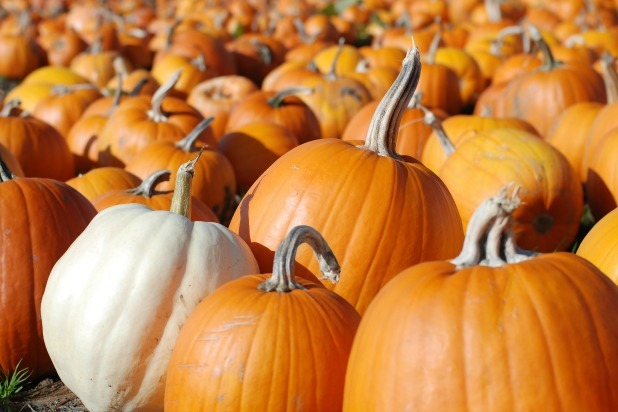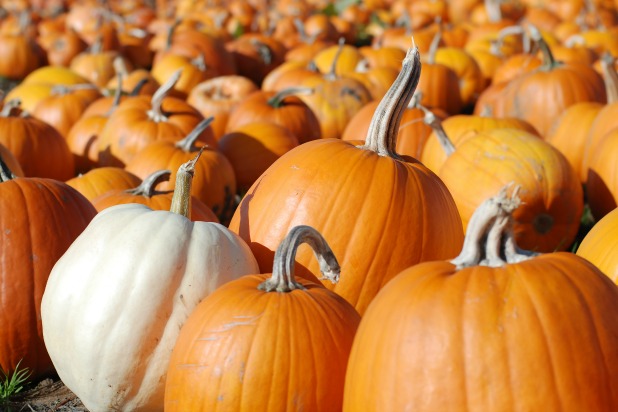Amazing Health Benefits Of Pumpkin
The chances are good that, by this point in the year, you've got a pumpkin or two at home, perhaps carved into a spooky jack-o'-lantern or painted with a ghostly face. At the very least, you've probably seen a bin full of pumpkins at your local grocery store. Though most of us think of pumpkins as Halloween art projects or festive decorations for our Thanksgiving tables, pumpkin is also an amazingly healthy food. Eating pumpkin can have a number of important health benefits.
Click here to see the Amazing Health Benefits of Pumpkin (Slideshow)
In order to eat pumpkin, though, you have to learn how to cook it. And cutting into a round, 10-pound gourd can be tricky. If you're planning to cook with fresh pumpkin, it's helpful to have two different knives available: a long, sturdy, serrated knife (a bread knife) and a chef's knife. The serrated knife will help you make the initial cuts (to break the pumpkin down into more manageable chunks) and the chef's knife can be used to trim, slice, and cube the pumpkin.
To cut a fresh pumpkin, set it on a large cutting board that's on top of a damp paper towel (this will prevent the cutting board from sliding around on your kitchen counter) so that the flattest part of the pumpkin is on the bottom and the pumpkin feels stable. Then, using the serrated knife and a long sawing motion, cut the pumpkin in half (start slightly to one side of the stem). Scoop the seeds out of the two halves, save them for later, place the halved pumpkin cut-side down for stability, and then cut the pieces in half again with the serrated knife. The pumpkin quarters can then be peeled, cubed, and cooked, or roasted on a sheet pan in the oven unpeeled (drizzled with olive oil and salt) so that the flesh can be scooped from the peel post-cooking.
If you don't want to break down your own pumpkin, you can buy canned pumpkin purée, but it is actually a blend of squash (like butternut) and you won't be able to use it in as many dishes; cooking your own pumpkin means you can leave it in chunks, cut it in slices, or choose to purée it.
Regardless of how you carve your pumpkin, you'll be rewarded with a number of amazing health benefits.
Rich in Beta-Carotene
(Credit: Shutterstock)
Our bodies convert beta-carotene (the antioxidant that gives pumpkins their bright orange color) into vitamin A, which helps support eye health and vision.
Good Source of Potassium
(Credit: Shutterstock)
One cup of cooked pumpkin has more potassium than a banana, making it a great way to refuel after a hard workout.
Kristie Collado is The Daily Meal's Cook Editor. Follow her on Twitter @KColladoCook.

